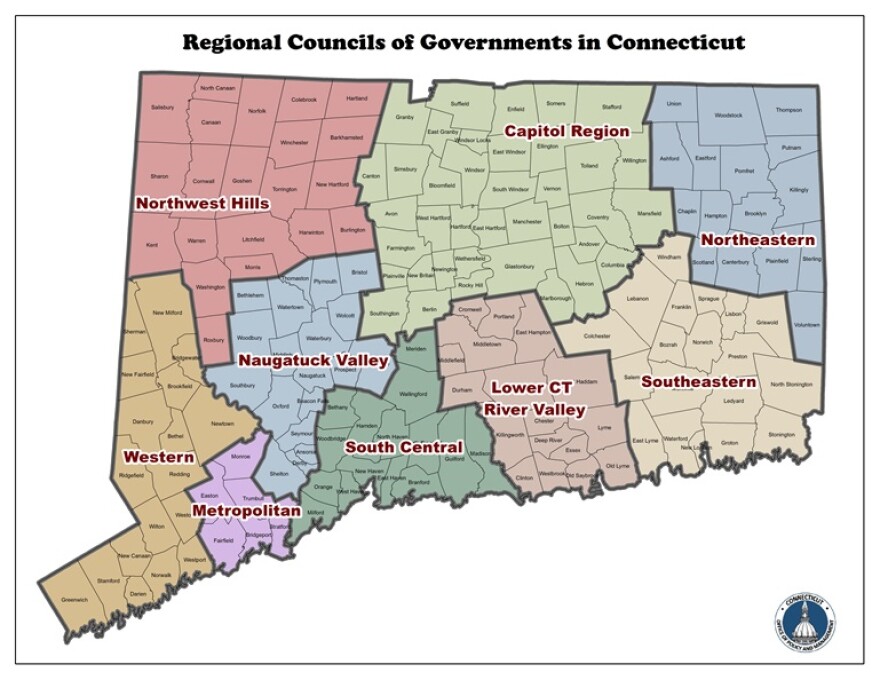Connecticut abolished its county government in 1960, making it difficult to get regional census data for the state. Now, the U.S. Census Bureau has approved a request by Connecticut to use the state’s nine planning regions as county-equivalents. Some observers said the move would enable the state to access more federal funds. Others warned that it might be unworkable.
The state’s request was initially made in 2017 and Governor Ned Lamont supported the move when he took office two years later. It’s a positive change that would benefit all of Connecticut’s 169 cities and towns, Lamont said. That’s because the state has not had functioning counties since lawmakers abolished that system 62 years ago, he said.
“You have to ask whether or not the activity of these nine regions will in any way restrain or affect or interfere with the tradition of home rule in Connecticut,” said Gary Rose, chair of the department of Government and Politics at Sacred Heart University.
The demise of county government in Connecticut was in keeping with a New England tradition — at the time, Connecticut’s eight counties had limited functions, just operating jails and courthouses. Rose is skeptical regionalism would work now.
“When we think about New England, we often think of town government, and we think of town meetings," he said. "And we think of local government as being at the epicenter of how people conduct their democratic process.”
Regionalization would have no significant impact on how state or local governments are run. Local leaders would be in a stronger position to coordinate regional matters and make government more efficient, according to the Office of Policy and Management in its request for the move.
Rose disagrees.
“You have to ask what impact that’s going to have if people start to feel that the home rule tradition is threatened by regionalism,” he said.
“This is nothing but a win-win,” said Fred Carstensen, director of the Connecticut Center for Economic Analysis at the University of Connecticut. Regional units could result in a windfall of federal funding, he said.
“Connecticut has historically had one of the worst balance-of-payments with the federal government of any state — in part because we didn’t have the political entities like counties, which could secure significant amounts of federal money,” Carstensen said.
The planning regions would now have the capacity to apply for those grants, "some of which they will be entitled to," he said. "They simply have to ask for the money. In other cases, it would be competitive."
The challenge now is for the state to provide the nine councils of government the resources and personnel to seek the federal money, Carstensen said. “It could amount to hundreds of millions of dollars on an annual basis if we take it seriously and pursue this opportunity.”
The planning regions are Capitol, which covers the Hartford area, Greater Bridgeport, Lower Connecticut River Valley, Naugatuck Valley and Northeastern Connecticut. The others are Northwest Hills, South Central Connecticut, Southeastern Connecticut and Western Connecticut.
The U.S. Census Bureau will use the new nine regional planning boundaries for all its publications by 2024.
Copyright 2022 WSHU. To see more, visit WSHU. 9(MDExNDI3NjUzMDEzNjkzMTgzNTExNDFlYQ004))


